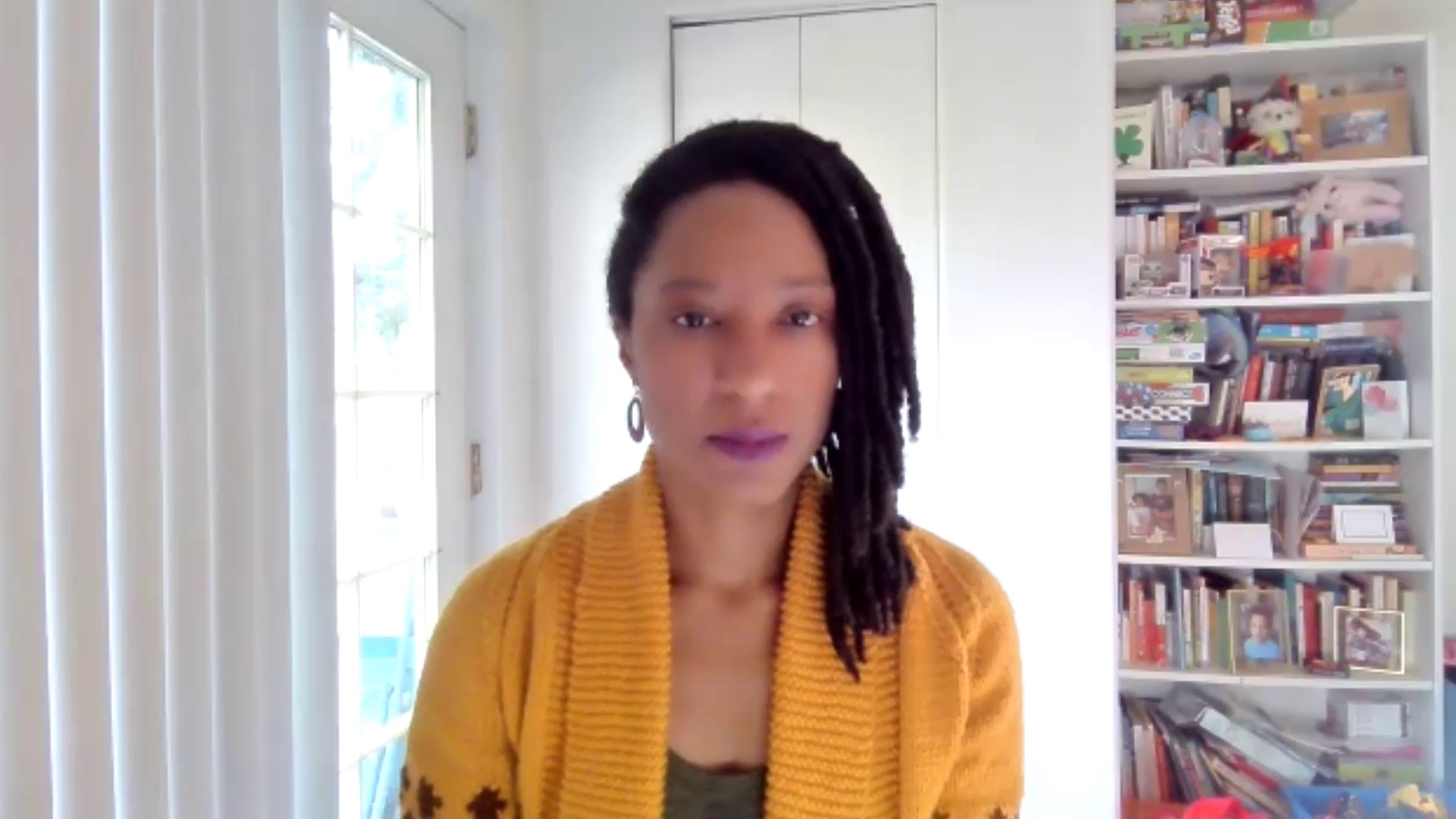Here's an issue that came to a boiling point in the summer of 2020 through social unrest: racism.
As human beings, there is a fear of the "other." When we look through history, we can trace how this fear of otherness, as it relates to race, has been built into the foundation of our society and continues to perpetuate in ways that lead to violence, inequity, and injustice.
To dive deeper into this topic and talk more about how racism permeates our society, Lindsay T. H. Jackson, a diversity, equity, and inclusion consultant with LTHJ Global joined New Day NW.
“We’ve been socialized in American and Western culture to normalize hurting ourselves and to reflect or project that hurt onto others,” she said.
According to Jackson, part of the history of the United States is to normalize fear of self or self-actualization, as well as fear of others. From the earliest foundations of society and culture-building in America, there were active campaigns to normalize fear of other groups.
If fear of others could be normalized, this could help keep everyone in check and maintain order by making other people their problem. Other people would be the reason if a person didn’t have access to real self-determination, succeed in a job, gain entrance into a particular school, or achieve various hopes and dreams.
“Fear in the link to racism is what keeps the caste system intact,” Jackson said, referencing Isabel Wilkerson’s book, “Caste,” in which the author noted that racism is one aspect of a larger caste system in America.
The American caste system is very much linked to class, racism, ableism, homophobia, transphobia. Fear is the glue that keeps everything in place, Jackson said.
Fear drives a person’s belief that belonging, connection, and love are all derived from denying parts of oneself to fit in and, in turn, one must make others wrong and different, she said. Belonging then becomes rooted not in how a person belongs because they are different, but in how a person belongs because of how others are different.
While this perspective takes a deep look into the reality of what society is, there is also the surface matter of how the fear of dark skin is deeply engrained in society and woven into our culture.
In western society, we teach from a young age a dichotomous, binary way of thinking, Jackson said.
“This idea that white is good, is pure, is virginal," she said. "While things that are black are sinister, to be feared, deviant in some way."
We see this not only for white-bodied children but for everybody, Jackson said. For example, we can look into our favorite children’s movies or cartoons and already see how this idea infiltrates the cinematographic style. When a character is doing bad things, the shade of their skin changes to a darker tone ever so slightly.
"Every time they come onto the screen, the night seems to be apparent and present," she pointed out.
This has the effect of teaching kids from a young age the normalization of fearing that which is dark or black and to celebrate and view as pure those things that are white and white-bodied, Jackson said.
In many ways, children at the earliest moments of their lives, are already being taught to accept and buy into racism, the caste system, and to somehow view themselves as either white-bodied or black-bodied, able-bodied or disabled, gay or heteronormative, she said.
When we ask if we should be teaching our children about critical race theory, racism, and other -isms, the better question, Jackson suggested, is whether we should teach our children to break down the messages they’re already receiving with a more critical lens.
There is no easy answer to working with this fear. There’s education and advocacy, but the question remains of where to begin reframing this way of thinking. Where do we start even at those young stages?
From Jackson’s perspective, it begins with unpacking the ways that we have all been spoon-fed a system with its drivers such as fear of self, fear of being different, fear of breaking out of the norms of our society.
The next step involves being able to articulate and name that fear. If you can learn to celebrate your difference and work across it, then you can learn to celebrate others, she said.
From there, we begin to co-create solutions, opportunities across differences, Jackson said. This is very different from using a refrain such as, “I want to help them over there” or, “I want to go help the Black Lives Matter movement” or, “I want to go help the LBGTQIA+ movement.” The practice of co-creating solutions and opportunities across differences is about being in an authentic relationship with "difference" and with communities that have a very different lived experience than my own.
“That is not saviorism work, she said. "That is about getting comfortable with being uncomfortable, which in itself is a revolutionary act.”
Segment Producer Amity Addrisi. Watch New Day Northwest 11 AM weekdays on KING 5 and streaming live on KING5.com. Contact New Day.

